When the cold weather brings wind and snow, power outages happen. One of the biggest concerns when this happens is staying warm when you are without power. There are sources of heat that do not require electricity, and we have done the research to compile a list for you.
Just because you are without electricity does not mean that you have to be without heat. Here's a list of heaters that will operate during a power outage:
- Kerosene heaters
- Propane tank heaters
- Natural gas heaters
- Gas logs
- Wood stove
- Fireplace
Keep reading to find more detailed information about each type of heater on the list. First, we'll take an in-depth look at kerosene heaters, and we'll provide answers to many common questions. Then, we'll take a look at other heater options that work without electricity. Once you have the details, you'll be able to decide which one is best for your home.
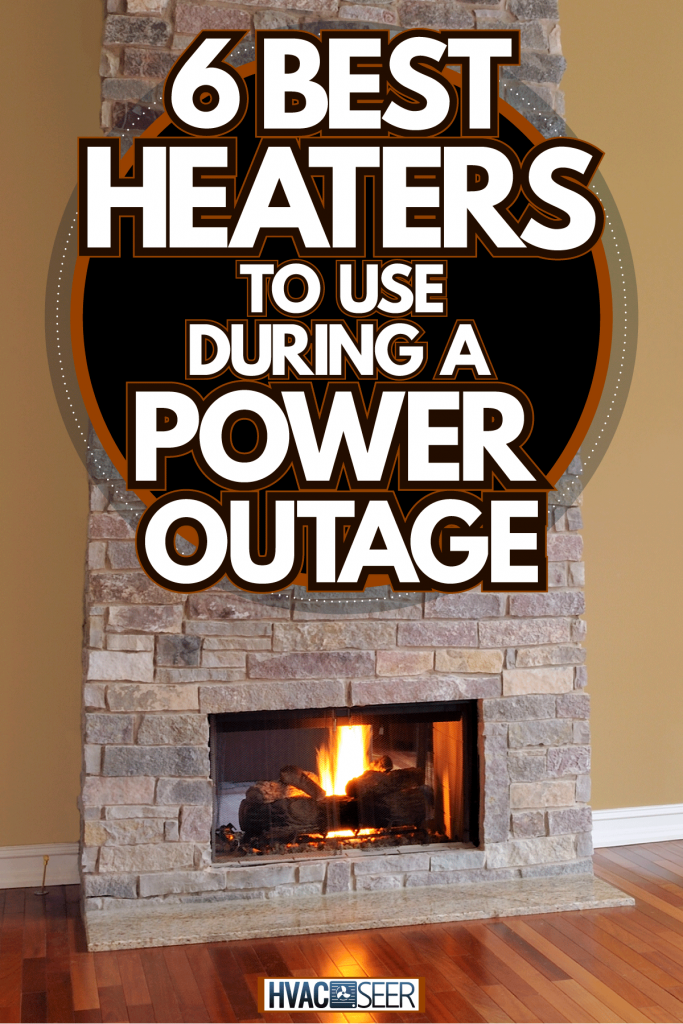
1. Kerosene
Kerosene heaters are popular as a backup heat source for your home. They only require batteries to function. Kerosene heaters are also great for heating other areas like a garage, outbuilding, or an outside work area.
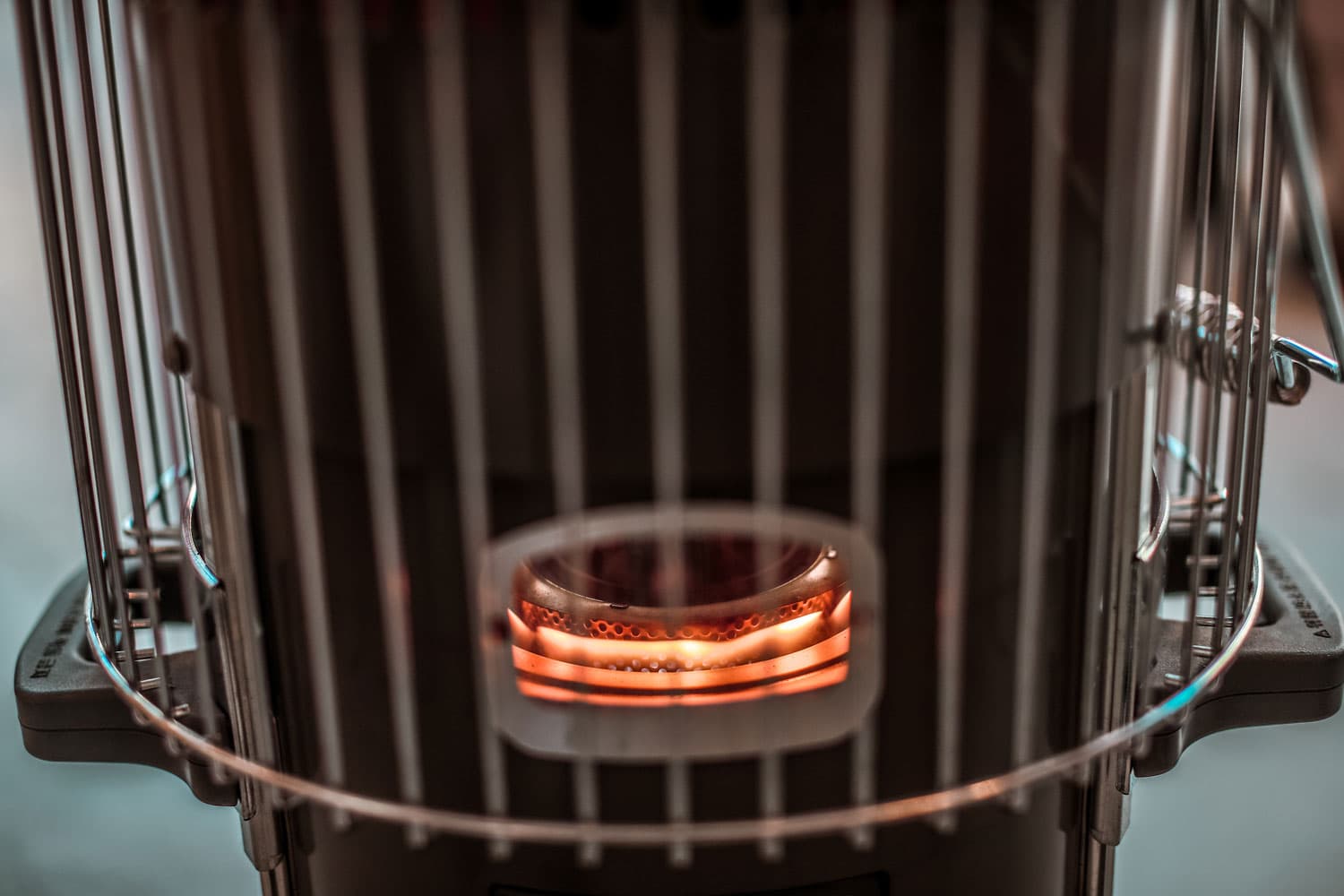
A benefit of using a kerosene heater is that they are relatively inexpensive, making them a cost-effe56t6t54ctive heat source. The average cost of a gallon of kerosene is around $3-$5 depending on your location.
Most kerosene heater tanks hold between 1-2 gallons of kerosene and will burn an average of 6-8 hours, depending on the fuel tank size.
One drawback is that kerosene has to be purchased and pumped at a gas station which means transporting it to and from your home. If you don't have a pickup truck, transporting your kerosene can in a car is not ideal because any spillage may leave a strong odor or oily stain.
Always make sure to use the pump that dispenses clear 1-K grade kerosene and only into an approved storage can.
Kerosene heaters come in three basic styles. The two types most popular for use inside the home are the larger tall round heater or the smaller rectangular unit. A third type is a forced air unit resembling a cannon typically for use in large open areas like a garage or work site.
If you need a small kerosene heater, consider this top-rated Sengoku unit.
Click here to see more on Amazon.
If you need something larger, consider this one by Kero World.
Click here to see more on Amazon.
Do you need ventilation when using a kerosene heater?
Kerosene heaters are safe but not without risks. For safety, only use it in a well-ventilated area or with a window cracked to avoid depleted oxygen levels and exposure to pollutants. The overall risk is lower than with some heat sources, but exposure to carbon monoxide and nitrogen dioxide is still present.
Also, it is critical to never leave them unattended, especially at night when you go to bed. Finally, routine maintenance of your heater is crucial. Inspect and clean the wick regularly so it will burn properly.
Are kerosene heaters safe to use indoors?
Kerosene is popular because it is a safe, clean-burning fuel that emits little smoke or fumes, so there is no issue using them indoors as long as you follow all safety measures.
Kerosene heaters burn with an open flame, so make sure they are not in contact with furniture, curtains, blankets, or any other household item that might catch fire. Also, be cautious of any combustible chemical agents that might be present.
It's best to not add fuel to your kerosene heater tank in your home. Let the heater cool, then remove the tank and refill it outside or in a garage area. Never attempt to refuel the unit while it's in use.
Why does my kerosene heater smell so bad?
One main complaint when using a kerosene heater is the smell of the fuel which some find unpleasant. Fortunately, it's primarily when the heater is lit or extinguished or when it runs out of fuel. If the odor persists beyond these times, then you might need to examine your kerosene fuel.
The first thing to check is that you are using the proper grade of 1-K kerosene. If you're using 2-K grade kerosene, it contains more sulfur which means more odor.
Second, check to make sure that your kerosene isn't old. While kerosene has a long shelf life, it can go bad. Old kerosene will still burn, but the contaminants will produce a more pungent odor. If you have old kerosene, you may need to filter it and add a fuel stabilizer.
How do I stop my kerosene heater from smelling?
First, make sure that your heater and fuel tank are both clean. Any fuel leaks or spills are going to cause a lingering odor. Also, if your heater hasn't been used in a while, it may have dust buildup burning off.
Second, make sure that your wick is of quality standard, in good condition, and adjusted to the proper level. Your wick burns best at 1/2" above the burner.
If it's too short, the kerosene cannot burn completely, and you'll smell it. If the wick is full of carbon deposits or too thin to filter the vaporized hydrocarbons, you'll also have an unwelcome odor.
2. Propane Tank Heaters
Many types of heaters utilize propane tanks for fuel. You can purchase portable styles that use the 1-lb. cylinder propane tanks common for hunting and camping. These types of heaters feature automatic shut-off valves and tip-over sensors for safety.
While this type might not be the best option for long-term heating needs, they are handy for power outages provided you have a supply of fuel tanks on hand.
Most small portable 6,000-12,000 BTU heaters will run a little less than 4 hours on low and approximately 2 hours on high utilizing a 1-lb. tank. However, you purchase adaptors to attach them to larger 20-lb. tanks.
Mr. Heater is a prevalent brand of portable propane heater.
Click here to see more on Amazon.
You can also purchase heater heads that fit on the large 20-lb. cylinder propane tanks like those used for your barbeque grill.
If this is the style you prefer, once again, Mr. Heater had a top-rated product.
Click here to see more on Amazon.
3. Natural Gas
Natural gas heaters don't require electricity but aren't portable since they need a natural gas connection. However, having one installed in your home as a primary or backup source of heat is one way to make sure you have heat during a power outage.
Consider this Vent-free blue flame natural gas unit from Mr. Heater.
Click here to see more on Amazon.
4. Gas Logs
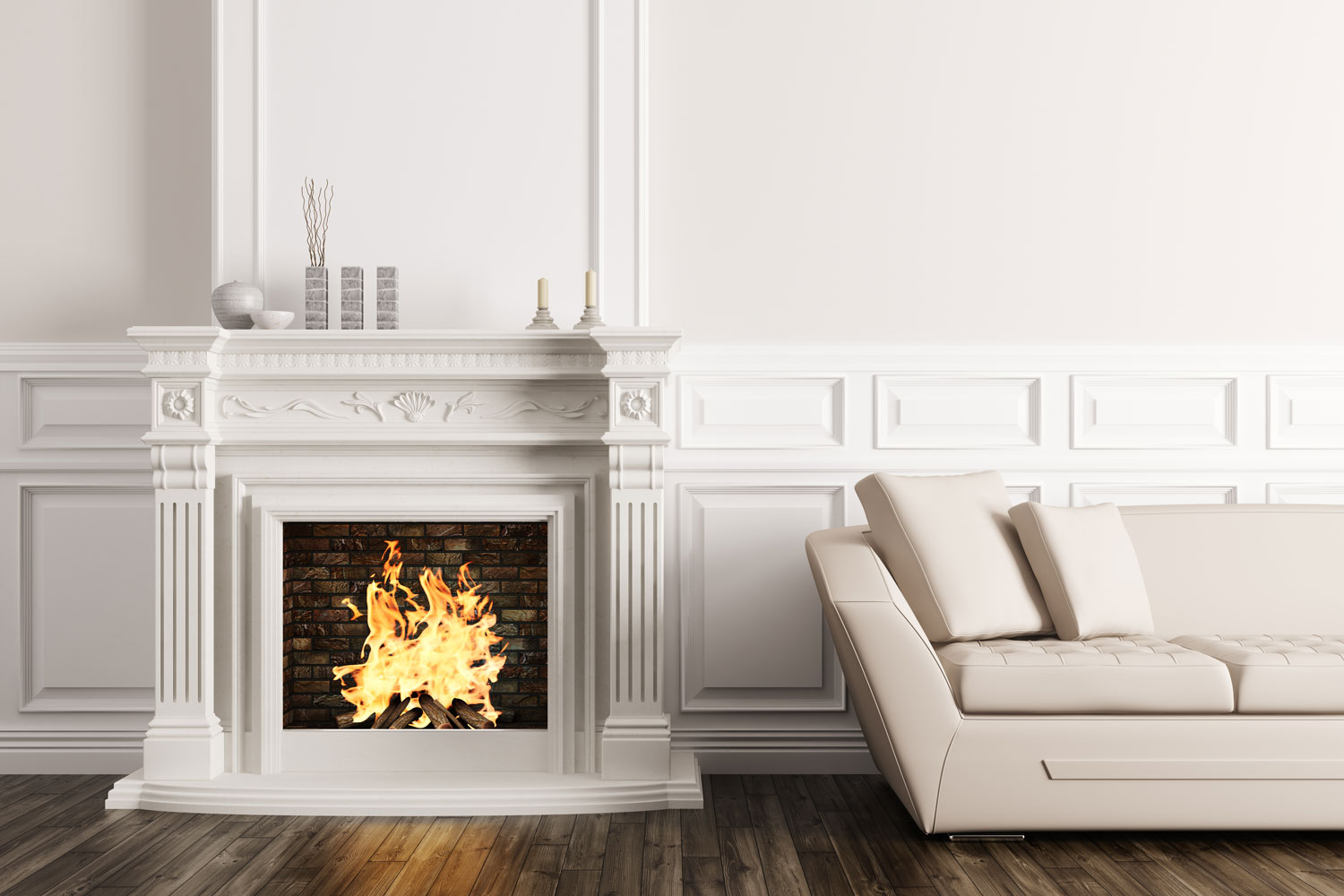
You don't necessarily need a chimney and flue to enjoy a fireplace. You can purchase freestanding fireplaces and install gas logs to create the illusion of a fire. The logs "burn" using either liquid propane or natural gas held in a storage tank and refilled by a natural gas delivery company.
If your power is out, you won't be able to use the electric switch to light your logs, so you need to be prepared to ignite them using an alternative method.
Many gas log inserts have a battery pack installed underneath to be used only during power outages. Locate the battery pack by accessing the panel and installing the required batteries. Then, your insert should operate as usual. However, you must remove the batteries once the electricity is back on.
If your unit doesn't have a battery pack, you will need to light the pilot manually. The YouTube video below will walk you through how to safely light your pilot so that you can still use your logs even without electricity.
5. Wood Stove
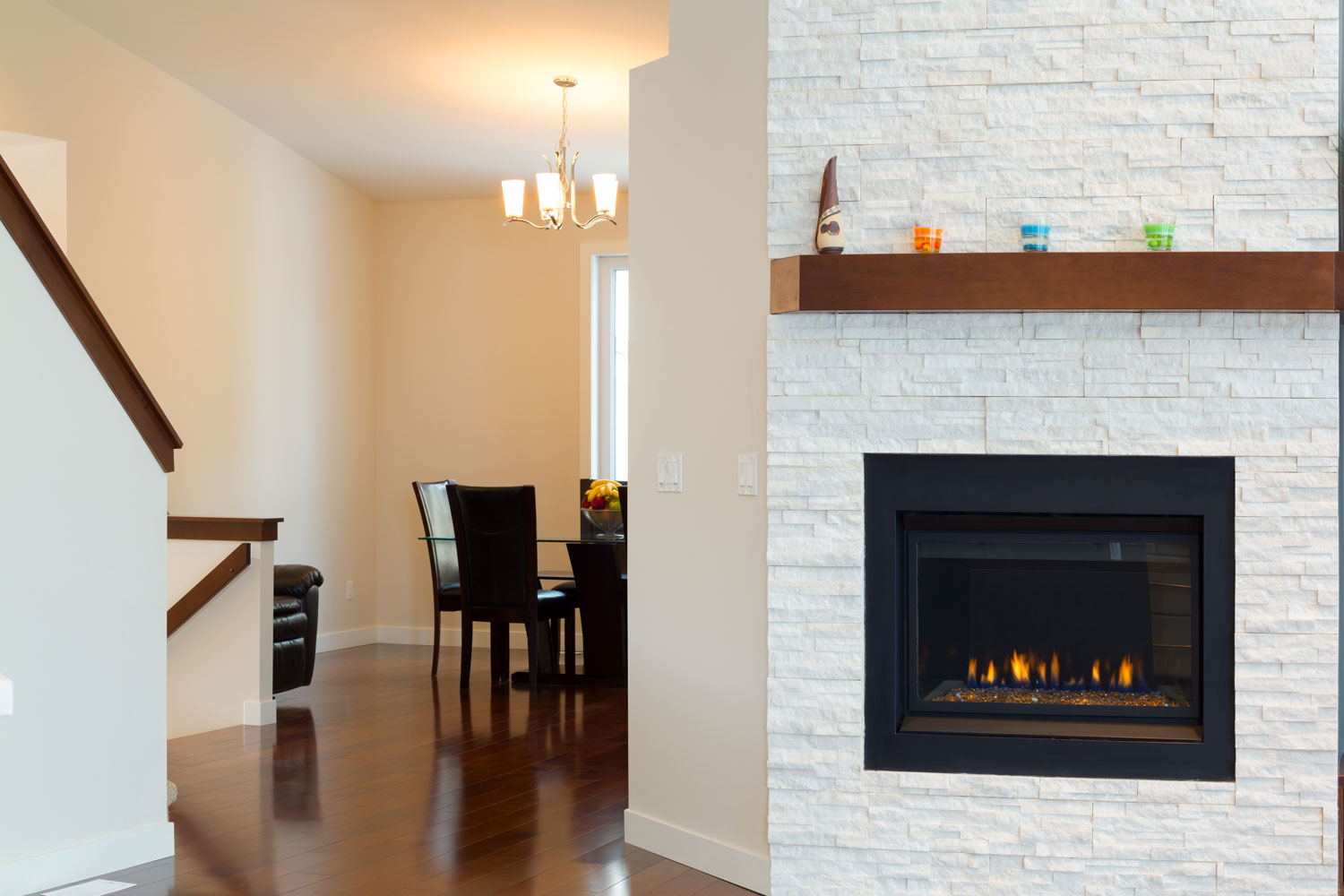
A wood-burning stove may seem like a primitive heat source, but some homes, especially in rural areas, still have one as a backup source of heat.
When wood stoves were a primary heat source, they would be located in the main living area but can also be in the basement area with the heat vented throughout the home.
A wood stove can do more than provide heat. It can warm water and cook a limited amount of food which can be invaluable when a power outage lasts for an extended period of time.
Owning a wood stove requires that you have a source for wood. Many people who own wood stoves also own property with trees for firewood. If you have to purchase firewood from an outside source, the overall heating cost will increase.
However, if you only plan to use it in emergencies, you won't need much firewood, and that wood will keep for a long time as long as it's in a dry location.
6. Fireplace
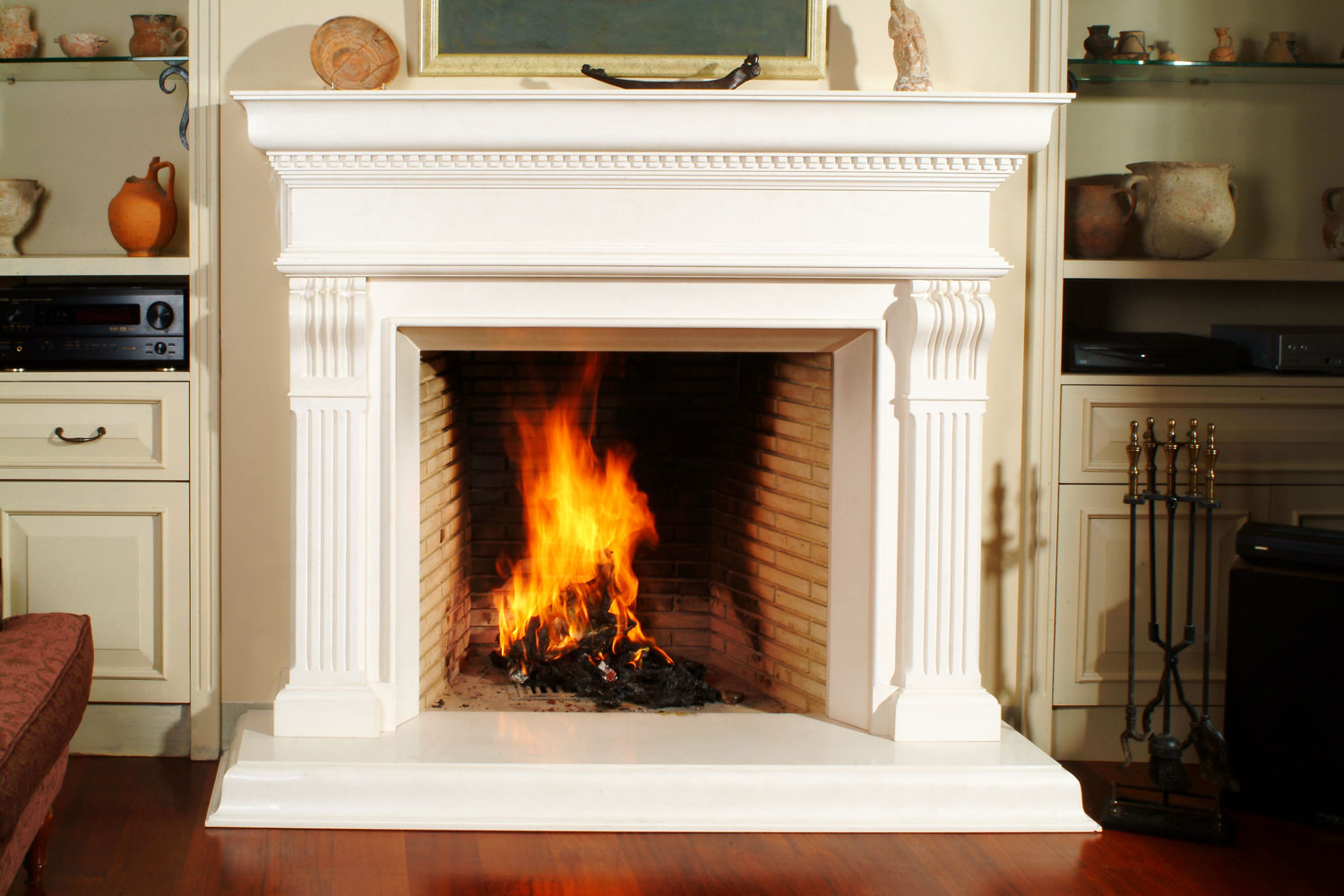
A fireplace with a crackling fire gives a romantic ambiance, but it's also a great heat source, especially during a power outage. However, you need to keep the chimney clean and have dry firewood on hand.
An alternative to firewood is to have gas logs designed for use within a built-in fireplace and chimney.
In Closing
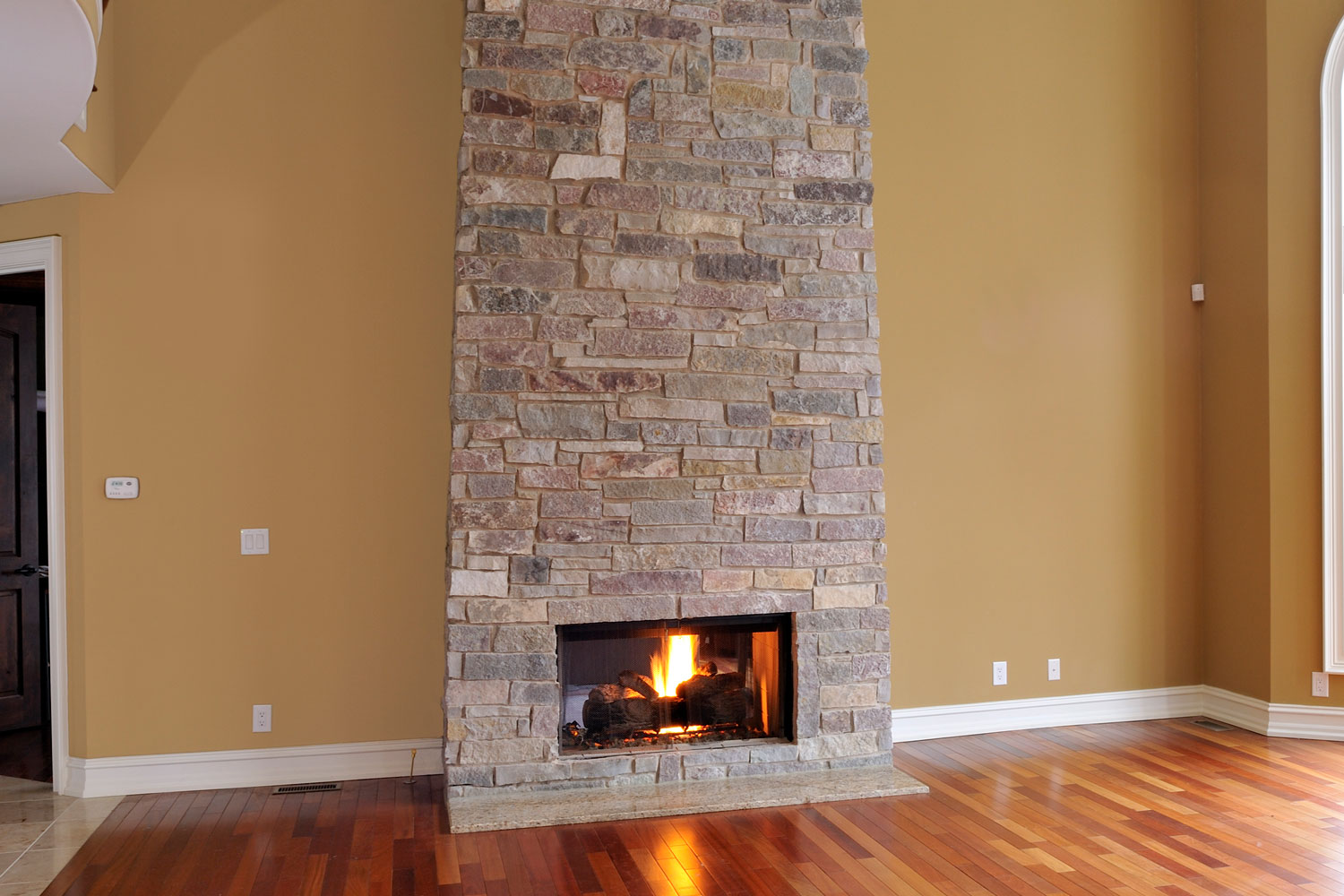
Most homes rely on electric heat sources, but many reliable non-electric alternatives can be used as a backup heat source or even as an accompaniment to your electric heat to save on electric bills during winter months.
Before you go, be sure to take a look at these other guides:





